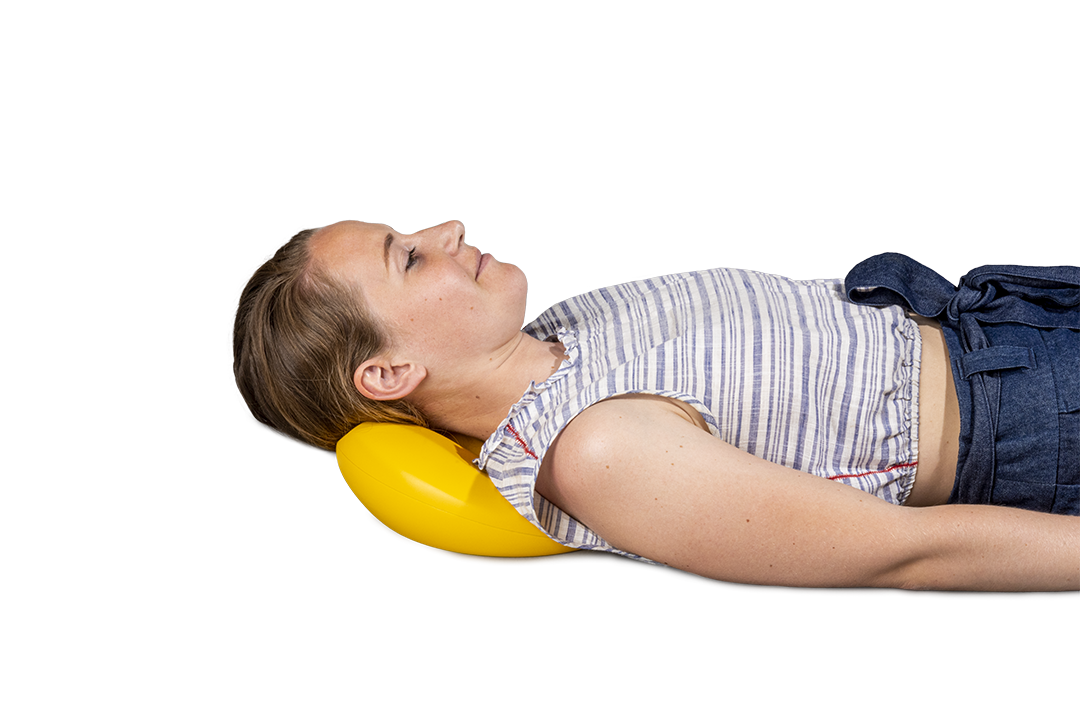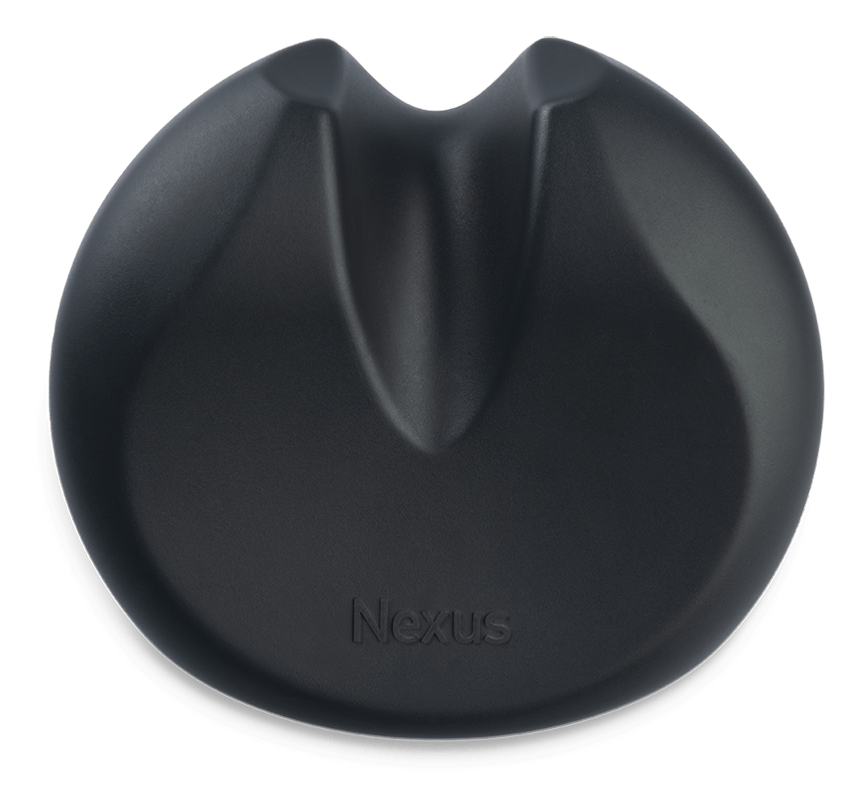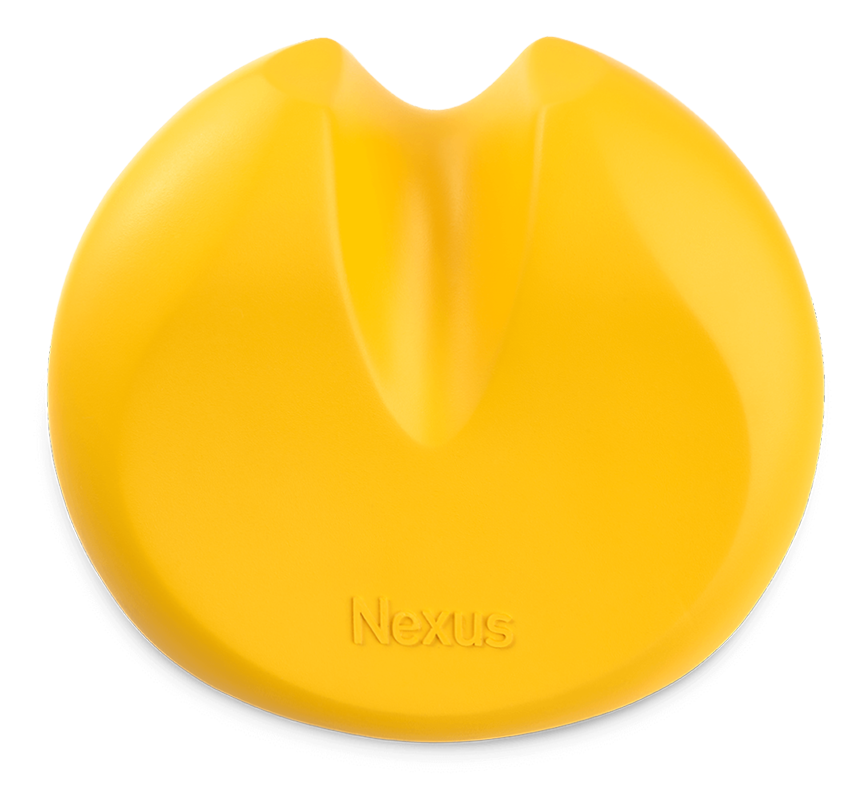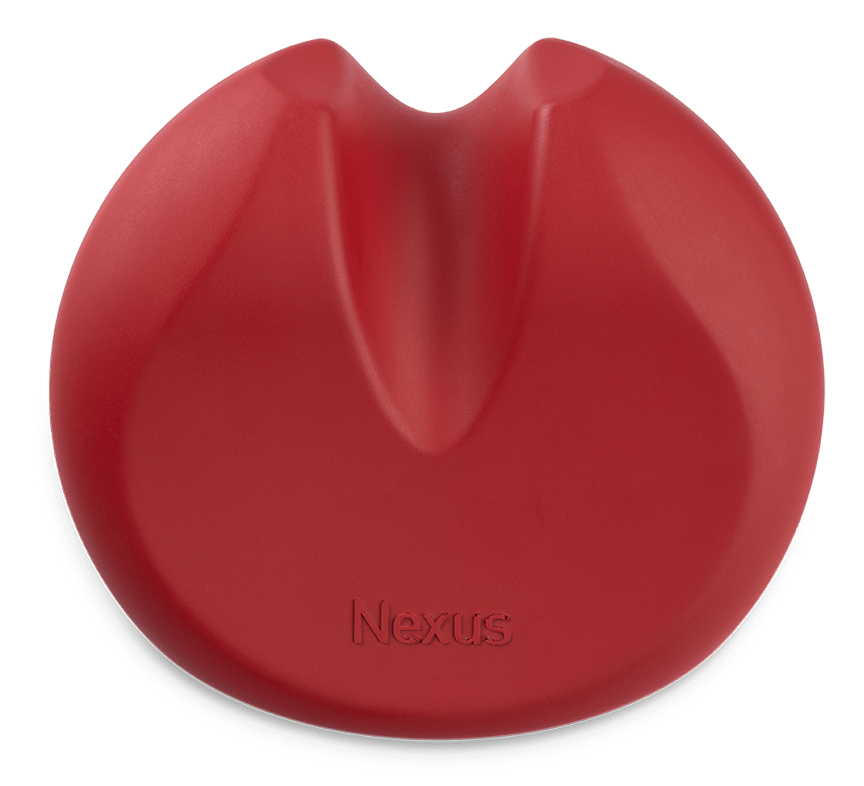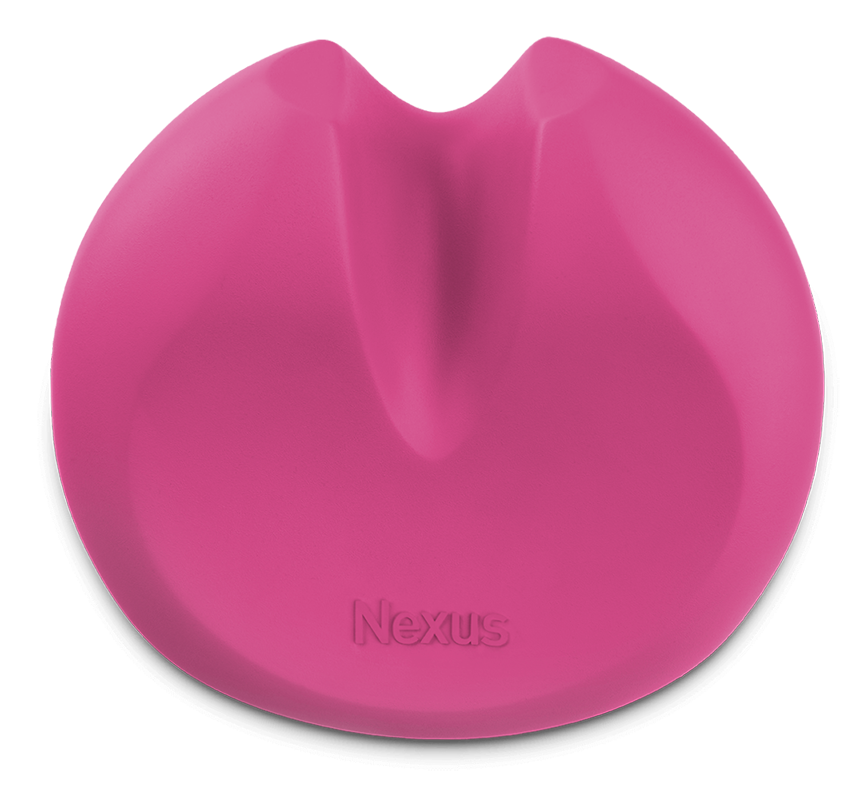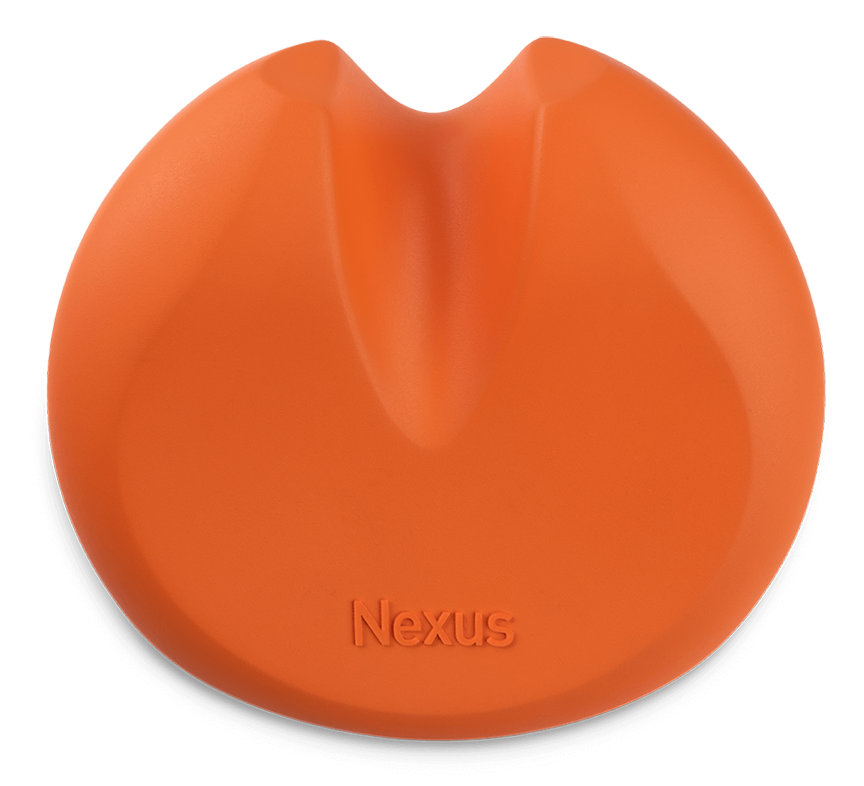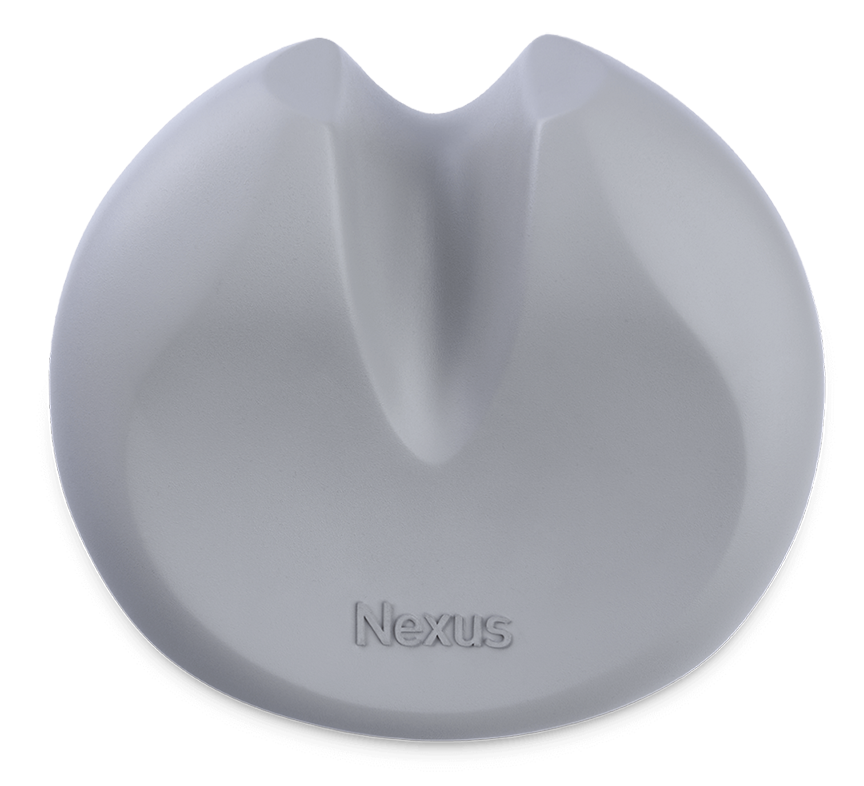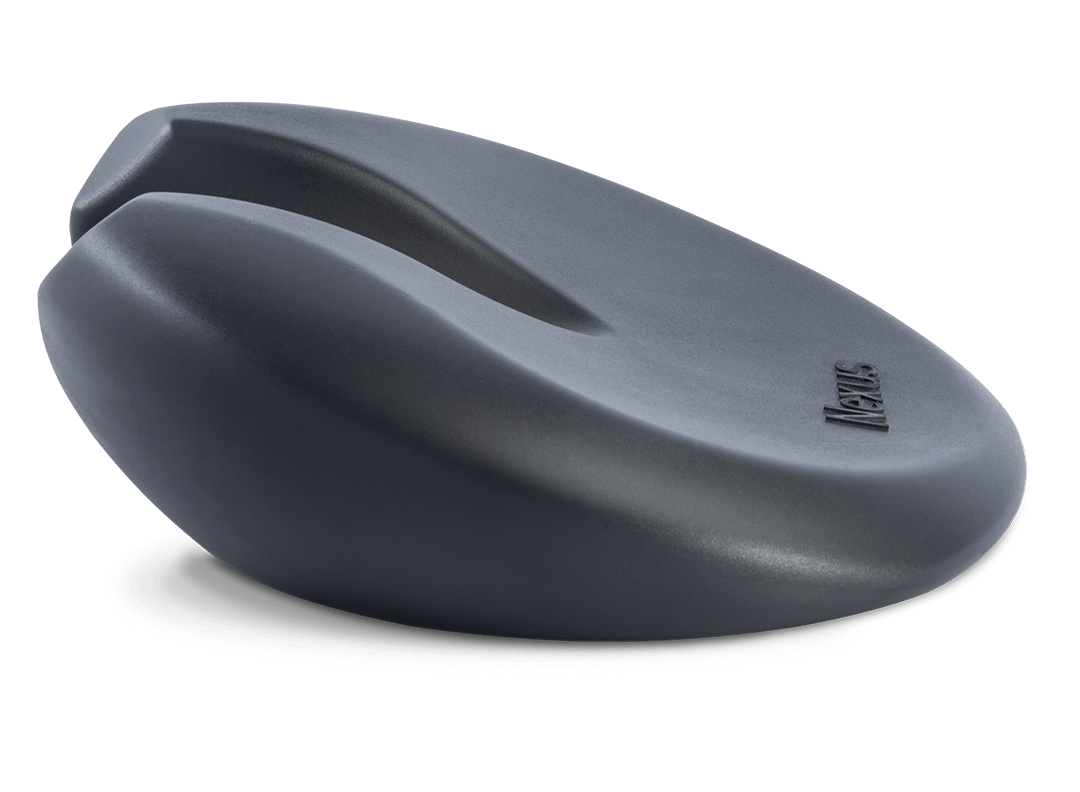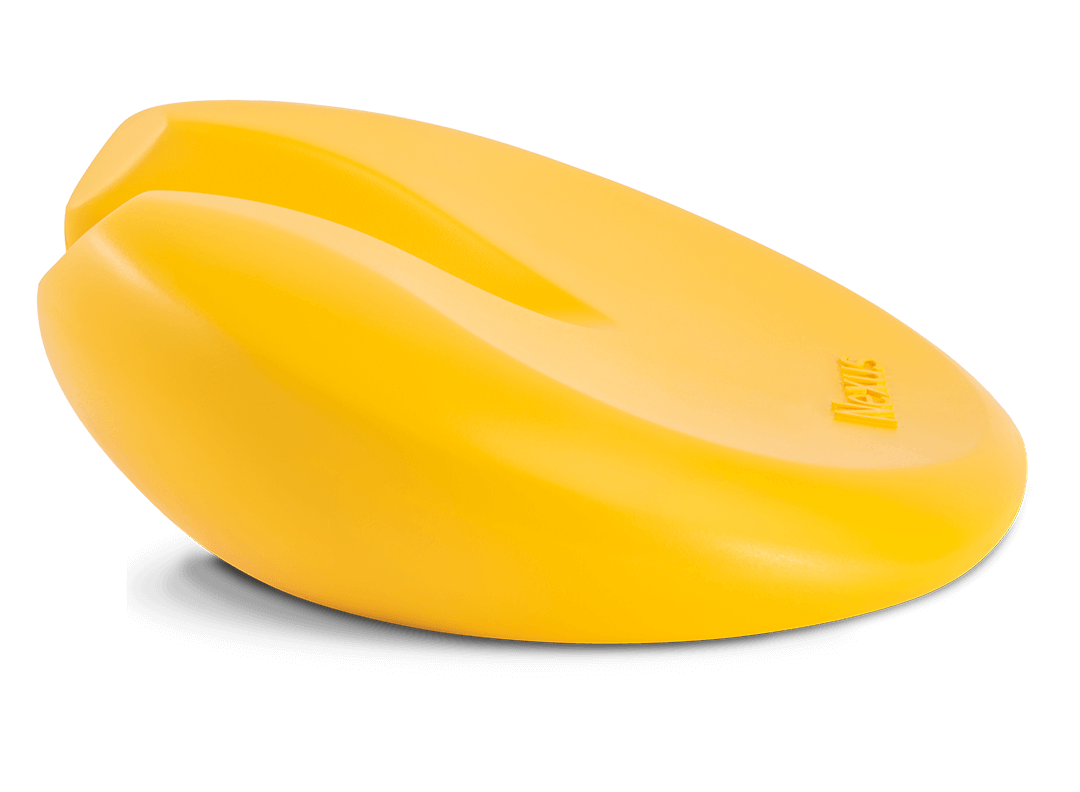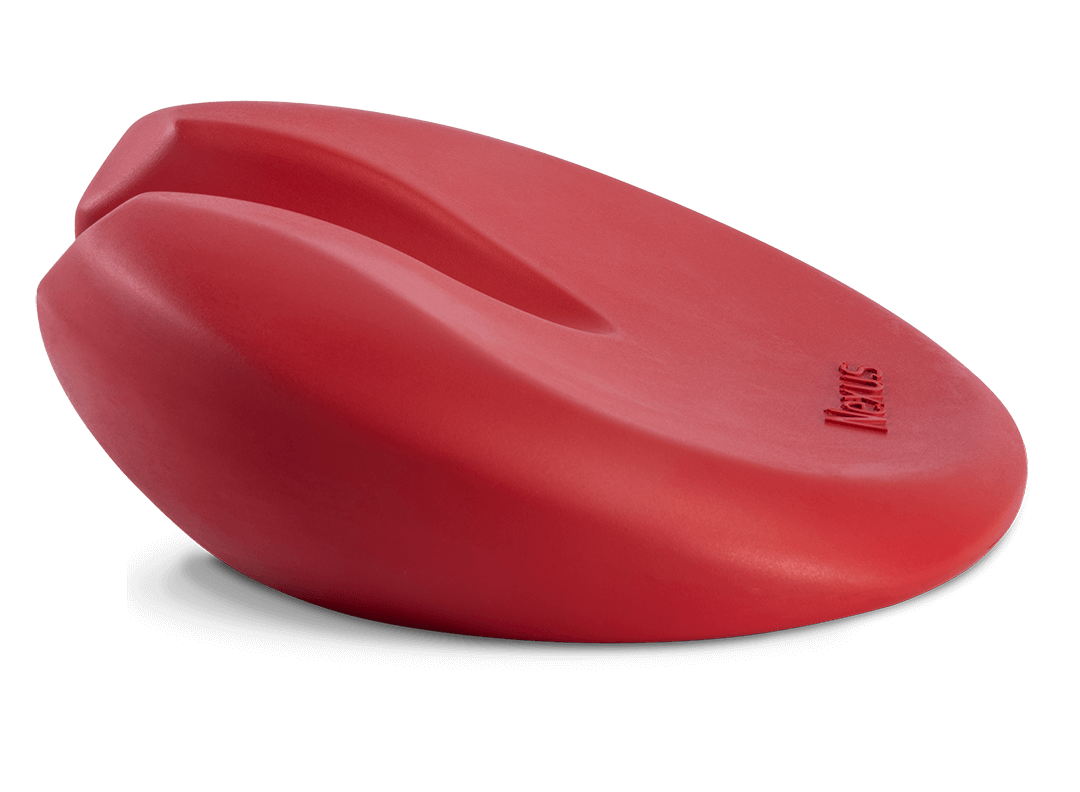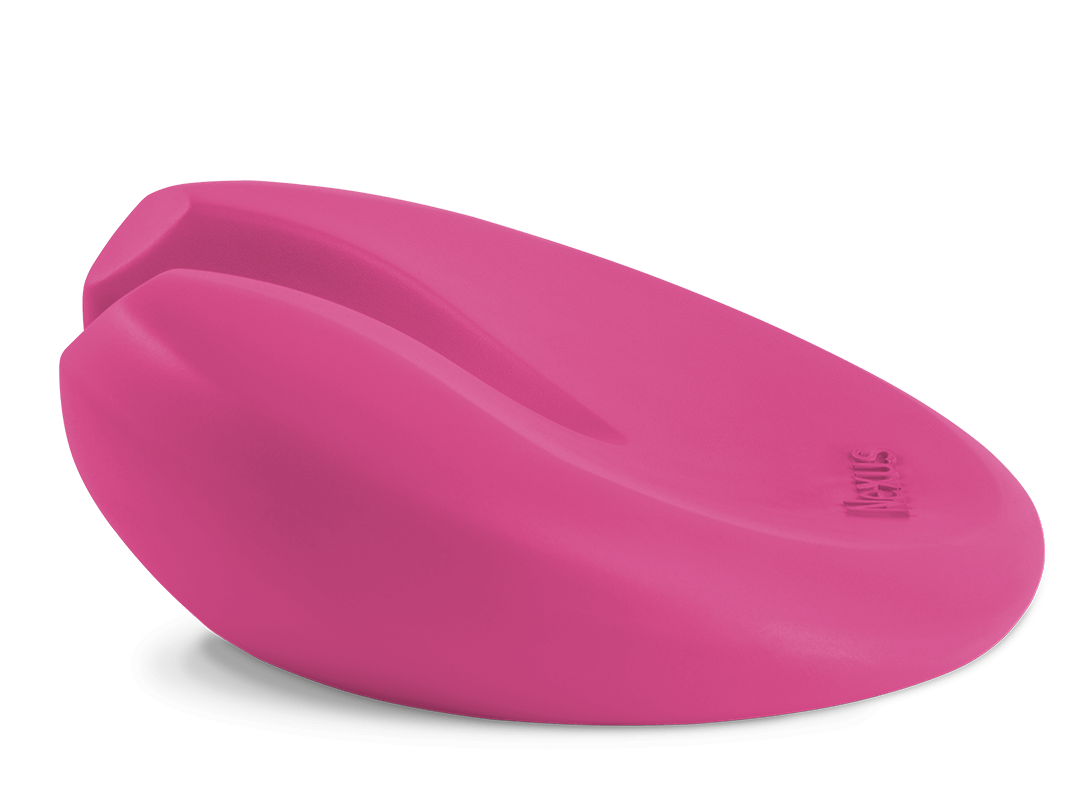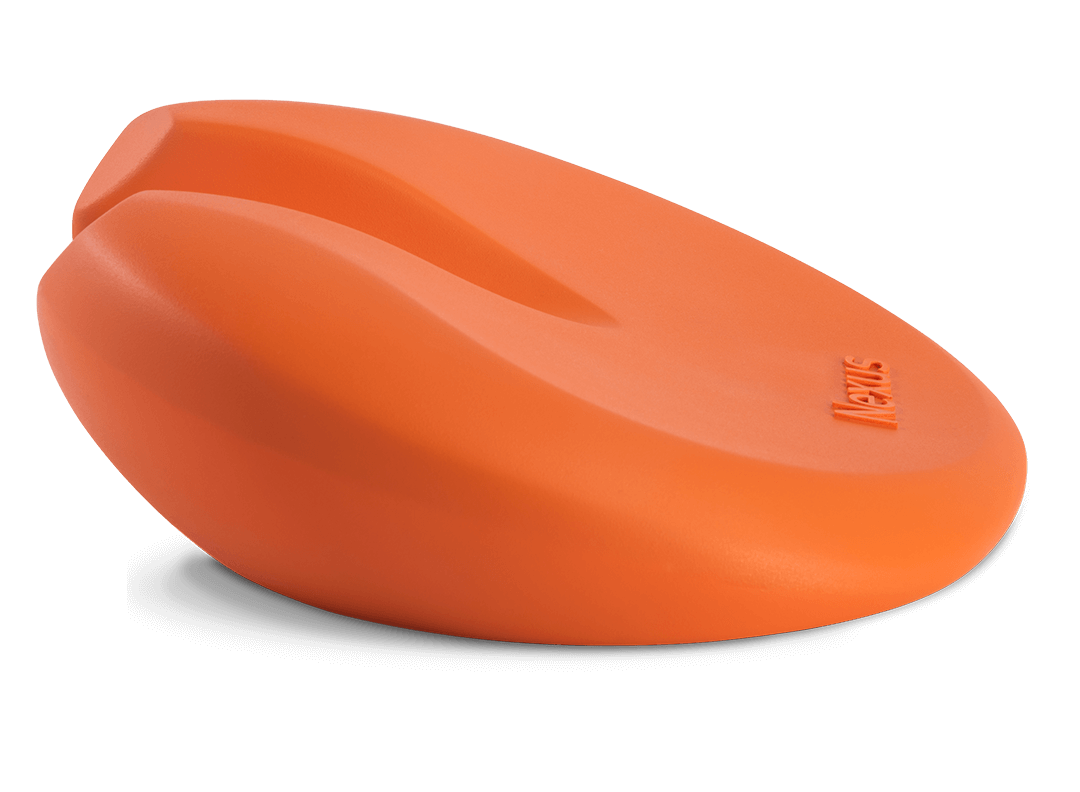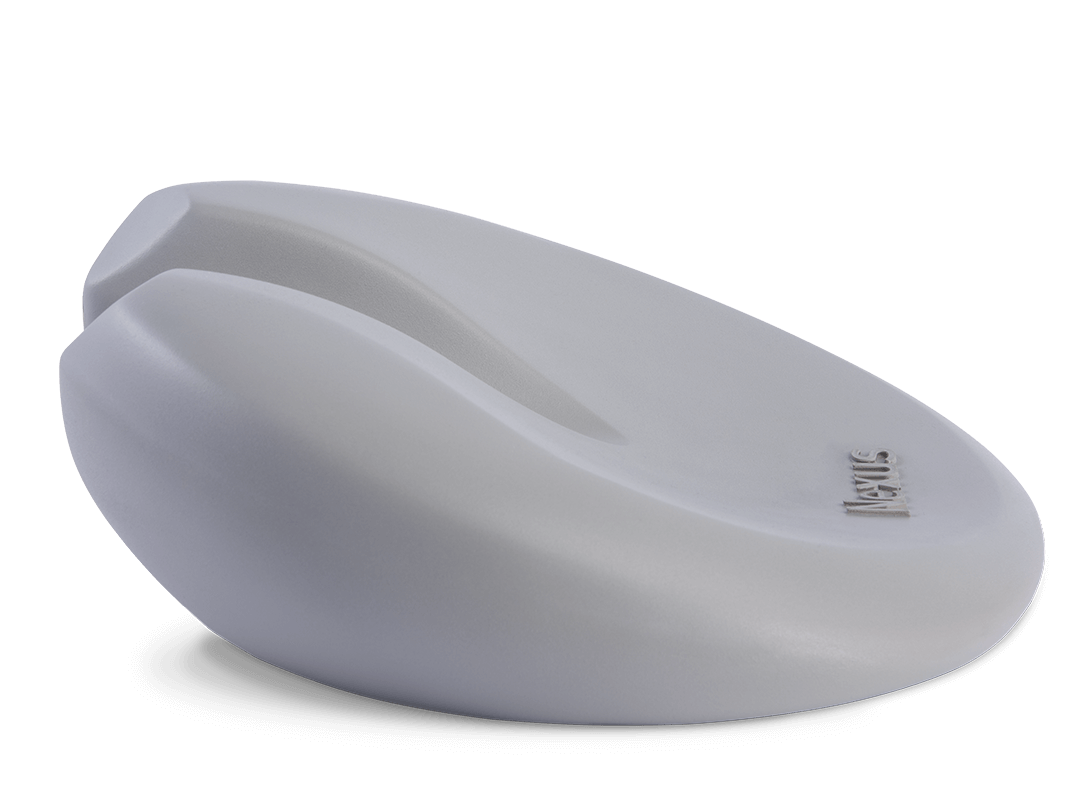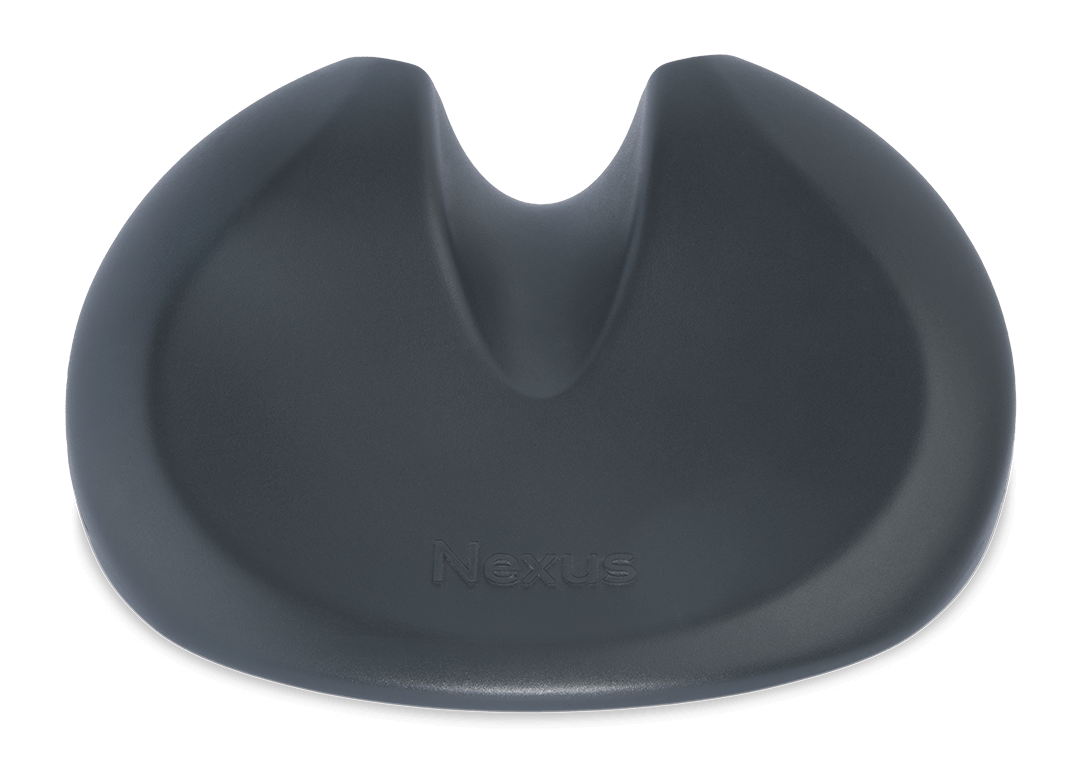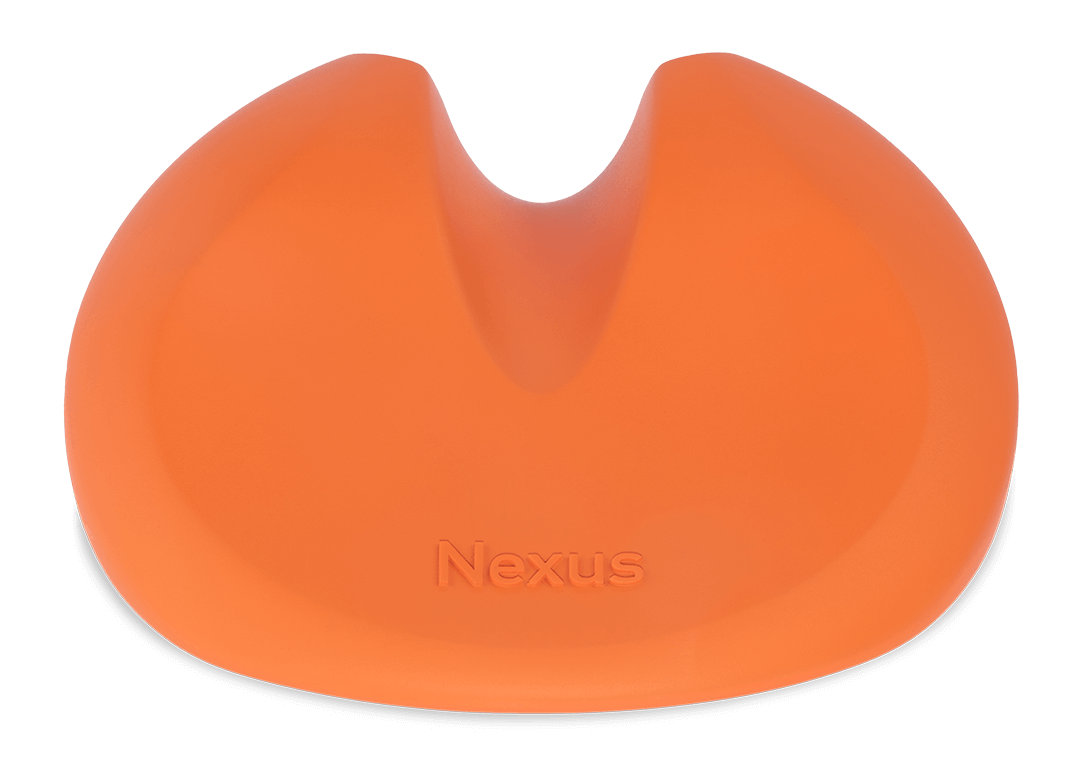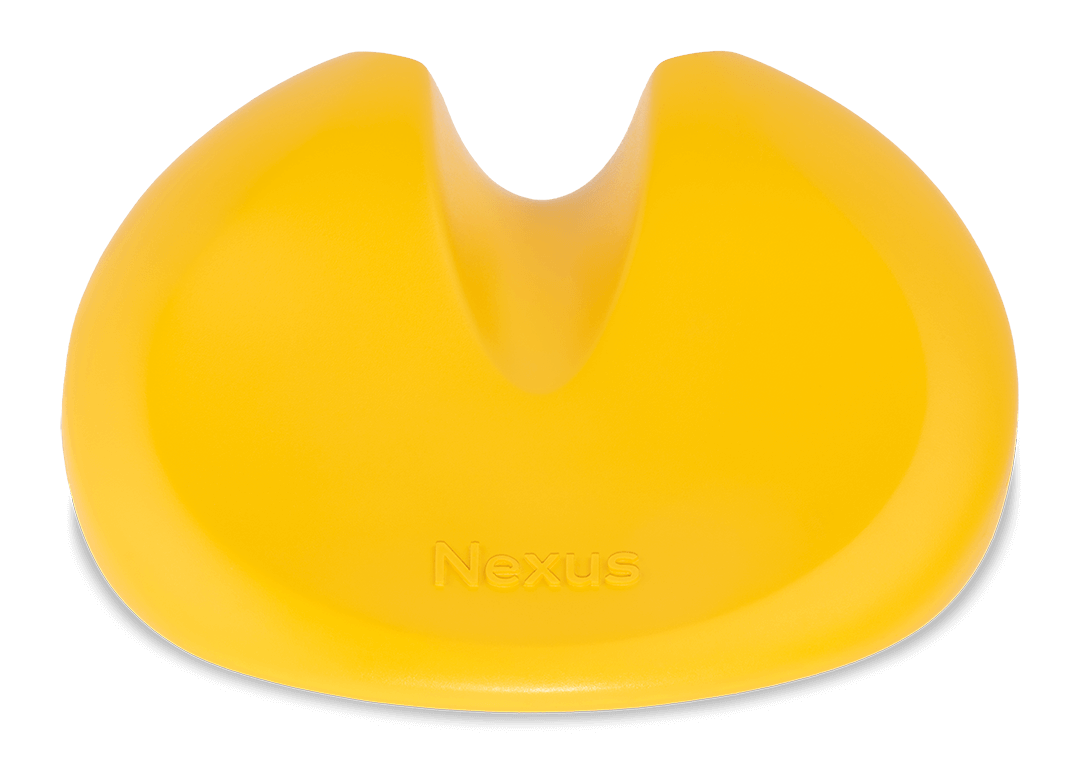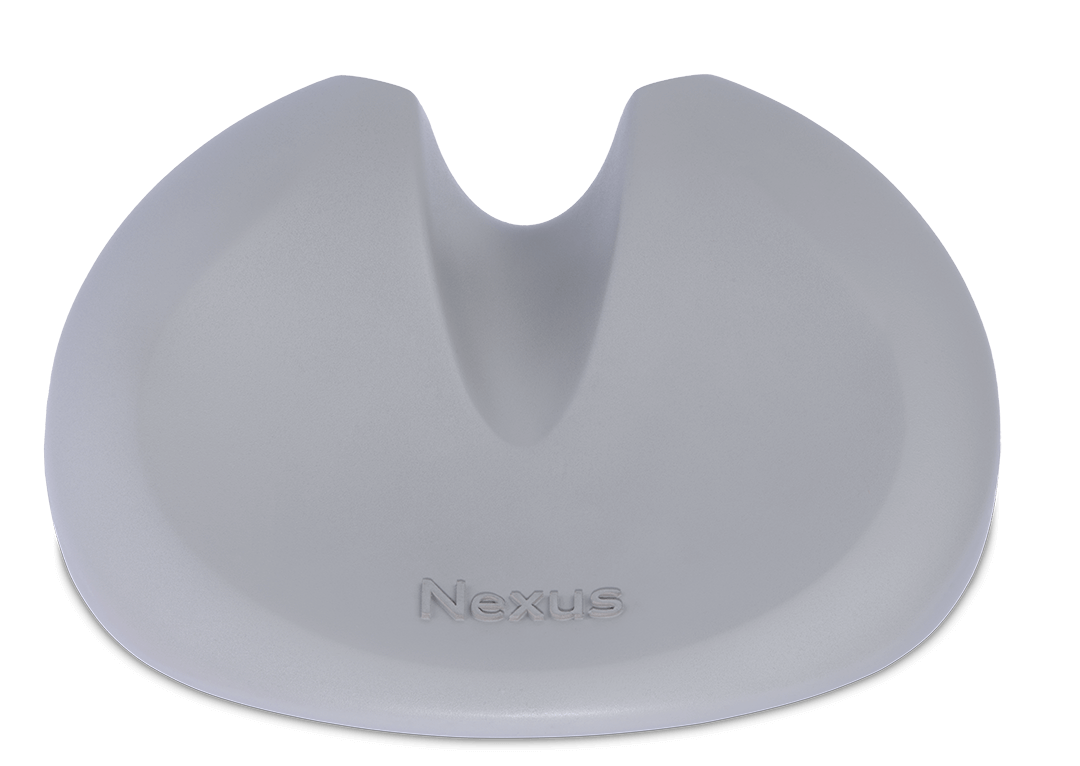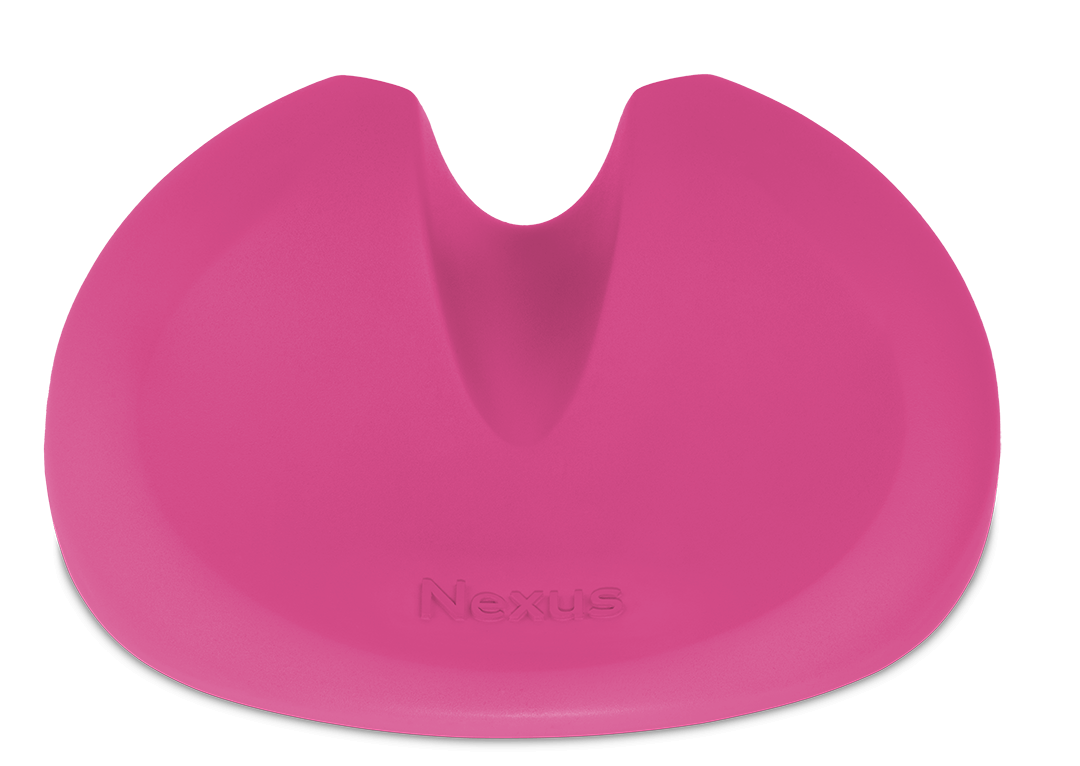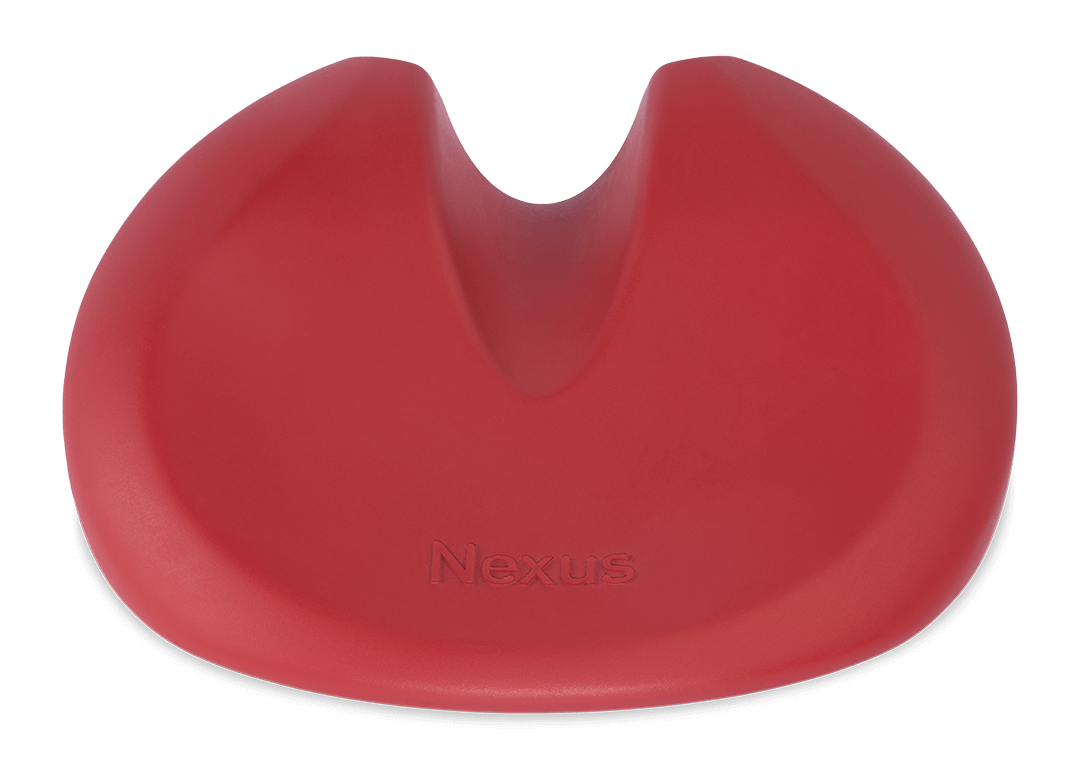bifocals to read the small print, this realization soon catches up with us when we are faced with the quickly catches up with you as you approach the fifties. Just as with the eyes, other connective and connective and supporting tissues have also changed their adaptability over the course of time. hardly noticeable – have reduced or lost their adaptability.
One very important area where this affects many in everyday life is the neck. When the soft tissues of the joints between the individual vertebrae become less elastic over the years, the great advantage is that the herniated discs feared in the early adult phase almost no longer occur. On the other hand, the intervertebral discs then become more and more inelastic. The other side of the coin is that you don’t spring back as flexibly, when great tensions have arisen. Especially chronic, chronic tensions that last for weeks and months can cause the neck to become rigid. sintered, i.e. rigid. It is not uncommon for patients to report that when they turn their heads a ‘sand in the gears’ noise when they turn their head, and that the range of movement has decreased. They complain of tension that runs like a collar around the entire neck.
Several factors contribute to this situation: on the one hand, colloquial reference is made to the ‘blows’ that hit this area. ‘neck blows’ that hit this area. Also, the ‘clenching of teeth’ leads, as everyone can immediately see, leads to increased tension in the neck muscles.
and neck muscles. It is not always in our (and your) power to eliminate the factors that trigger this. factors that cause this. Other causes of excessive tension in the neck muscles can be addressed. be tackled. One is the tension and blockage of the vertebrae against each other – our against each other – our actual area of expertise – on the other hand, problems from the dental area play a very prominent role. Fortunately, we have the possibilities to analyse relatively precisely whether and where difficulties are to be suspected. difficulties are to be suspected. Not infrequently we can give bridging help and then give the dentist then indicate to the dentist where he or she can contribute to the solution. In this way, overtherapy can be avoided which in this area is often expensive, painful and always irreversible.
Even if we have been able to address a large part of the problem, the tension often remains. the tensions often remain. They are ‘learned’ and trained and unfortunately do not unfortunately not always do us the favour of disappearing as soon as their cause is removed – just as they do not disappear they do not start immediately when the disturbances occur. For years now with different approaches to solutions that should make it possible to give our patients something to patients with something that makes them less dependent on external help. This is important in such cases, as we usually have to assume that such neck tensions are a long-term problem. neck tensions are a long-term and ultimately a lifelong phenomenon. These experiences have now been incorporated into the ‘NEXUS’ pillow that we recommend to you.
In contrast to neck rolls or extension devices, the force is only directed at a comparatively small area at the back of the head. comparatively small area of the back of the head and the middle of the neck is spared. The middle of the back of the head, where most of us have a small or larger ‘lump’, is deliberately left out. The centre of the back of the head, where most of us have a small or large ‘lump’, is deliberately left out, as this area is very sensitive to pressure.However, lying on the NEXUS is not intended to be comfortable. feel the pressure of the cushion. If this should become too uncomfortable at first, you are welcome to use a terry towel for padding. towel underneath to cushion the cushion. When the cushion is correctly positioned, it will press equally on both sides. This is made easier by the round shape of the pad, which automatically compensates for small asymmetries.
The diagrams on the left show how the NEXUS works.
but you can also place a firmer cushion underneath the NEXUS to raise it higher. higher. The weight of the head is then gently stretched by the lever of the cushion.
stretched. The abutment in the shoulder area is so large that there is no risk of irritation. irritations can occur. As there are no external forces, this procedure is self-limiting in the the applied force is self-limiting and therefore completely risk-free. If you lie on the cushion for too long If you lie on the cushion for too long, you may feel a certain numbness in the area where the cushion is applied. The quickly reversible as soon as the NEXUS is removed.
We advise using NEXUS for a few minutes in the morning directly before getting up, in order to tensions that often build up during sleep into the day. Another Another possibility is to use it during midday ‘cowslip sleep’. Konrad Adenauer took a bunch of keys in his hand during his siesta, which fell out as soon as he reached deep sleep. and woke him up. We know from modern sleep research that the 8-15 minutes of sleep are optimal. But this is only a suggestion. You can put it on in the evening reading in bed for a few minutes and support it with a pillow so that the orientation is correct.
You don’t have to lie flat on it.
